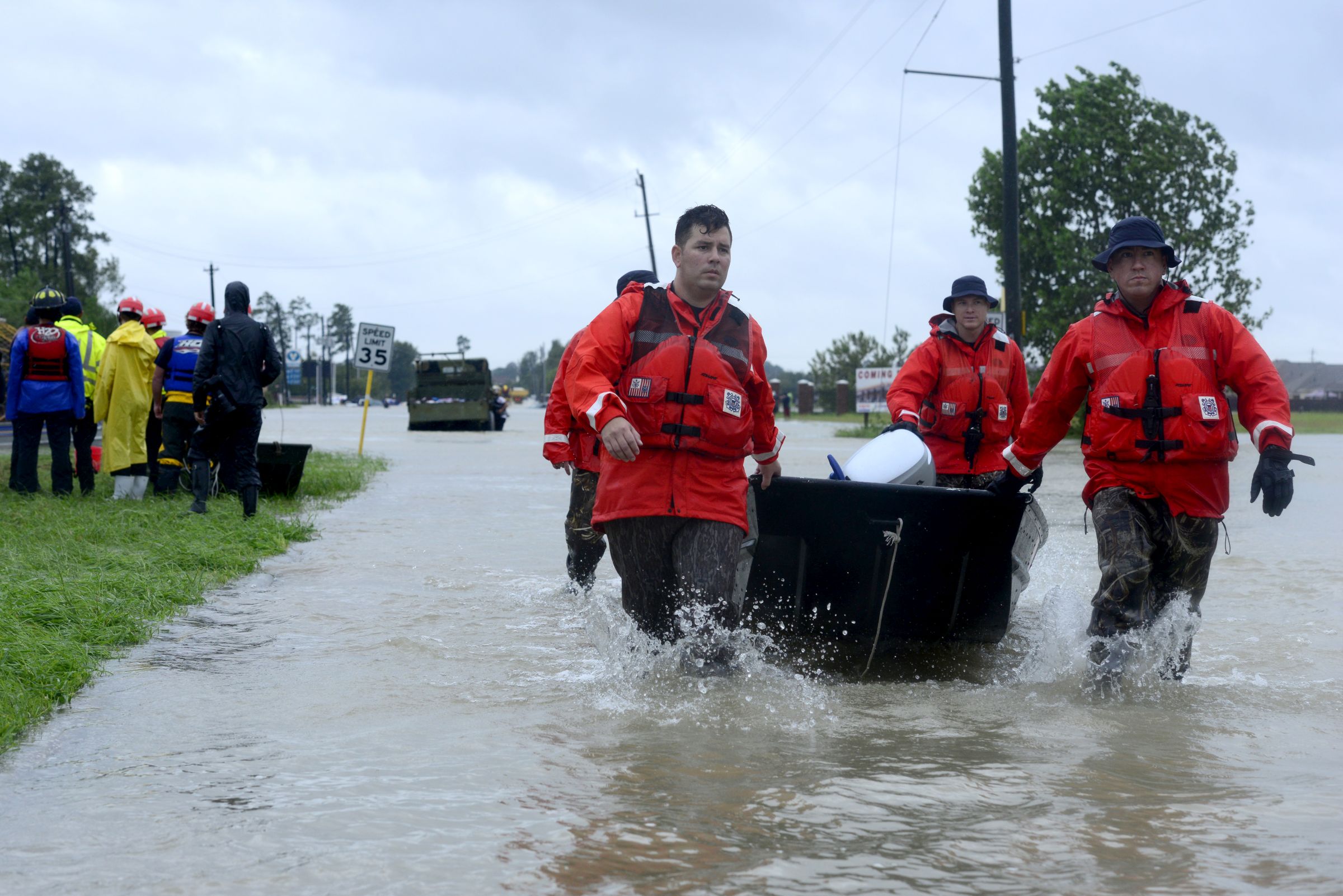There are currently three active hurricanes sweeping across the Atlantic, following just on the heels of Hurricane Harvey. And with Hurricane Irma poised to hit Florida after already devastating places throughout the Caribbean, the damage will only get worse. For future and present disaster relief, though, there’s a glimpse of hope coming out of the emergency response to Harvey: telehealth.
Telehealth, or telemedicine, refers to remote care made possible by technology. As Leah Samuel writes for STAT, getting help to the thousands of Houston-area families affected by Harvey has been a “massive humanitarian effort,” which is complicated by the fact that “many of the displaced have chronic medical conditions like asthma or injuries from recent days that need medical attention,” she continues.
That’s where telemedicine comes in, addressing potential shortages in doctors and connecting people with specialists who may not be able to physically reach survivors in the wake of the storm. This is already happening at Kay Bailey Hutchinson Convention Center in Dallas, Samuel writes, as people displaced by flooding have been able to see doctors remotely. Samuel describes how Children’s Health set up a station with a “computer monitor and specially designed equipment for measuring vital signs” so they can see patients remotely.
This has proven especially beneficial for children. “We have doctors for adults available at the shelter 24 hours a day, but we don’t have as many pediatric specialists, especially at night,” Scott Summerall, a spokesperson for Children’s Health, told Samuel.
It’s important to note that the role of telehealth in the wake of Harvey is made possible by recent legislation changes. In May, writes Samuel, “Texas became the last U.S. state to allow physicians to see patients by telemedicine without an initial in-person visit.”
That legislation has allowed telemedicine to play a critical role in the emergency response to Harvey. Many telehealth services are being offered for free, Evan Sweeney writes for FierceHealthcare, offering everything from treatment for insect bites and stings, refills for medication that may have been lost in the storm and care for wounds which can become infected by floodwaters. According to Doctor on Demand, one of the telehealth services offering free support to victims of Harvey, care is provided through “video consultations with board-certified physicians, psychiatrists, and licensed psychologists via smartphone or computer.”
Telehealth also can provide mental health support in the wake of natural disasters like Harvey. “A natural disaster of this size and magnitude, which will impact Houston far longer than the initial storm, can increase anxiety and stress for those affected by the storm,” Sweeney writes.
“The accessibility of medical and mental health services via victims’ smartphones cannot be understated,” Nathaniel Lacktman, a partner and chair of the telemedicine industry at Foley & Lardner LLP in Tampa, Florida, told Sweeney. “For millions of people, the smartphone is their lifeline and can serve as the tether to reach doctors and medical professionals even when the local power lines are down,” Lacktman continued.
While telehealth can’t fix everything in the wake of such powerful storms, it can offer relief that wasn’t available just a few years ago. As Dr. Maeve Sheehan, a pediatrician at Children’s health who is working on-site at the convention center in Dallas, told Samuel, “We didn’t have telemedicine for Katrina. I was on [call] all night. This time, I don’t have to be. Telemedicine makes a big difference.”
Read more on STAT and FierceHealthcare here and here, and find out more on how to help victims of the recent hurricanes here.


